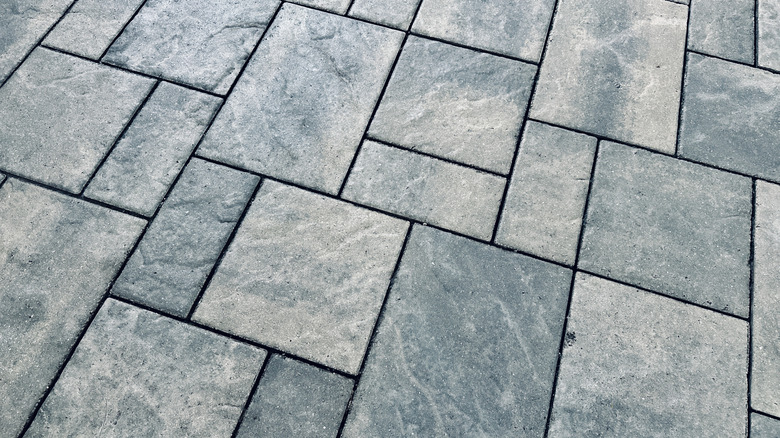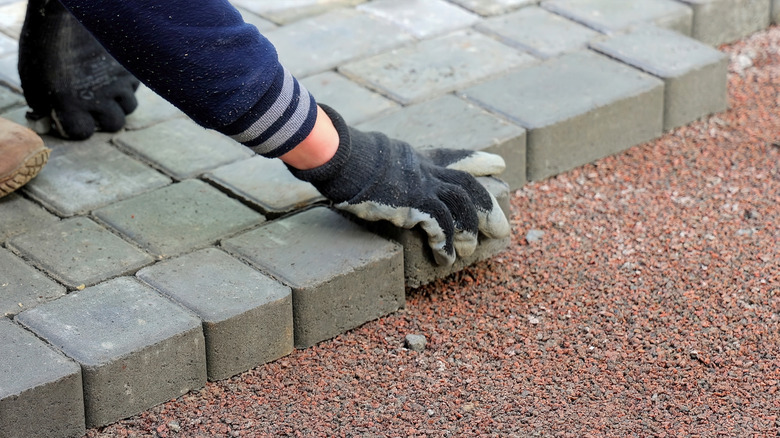Don't Skip This Important Step Before Putting Down Pavers
Because their durability, low maintenance, and versatility, pavers are an excellent option for flooring material. With an assortment of designs, choosing which pavers will work best for a property is easy to do. Pavers are an affordable and beautiful solution for outdoor areas, including driveways, patios, and walkways. Commonly made from concrete, they are also available in brick, cobblestone, and natural stone, and they're a great alternative to solid concrete because they are not as vulnerable to ground movement or temperature cycles that can cause cracking or deformation. When using pavers for outdoor flooring, it is very important to prepare the base area to ensure the proper installation and fit.
Preparing the base means putting in a layer of gravel or other material; this serves as a firm foundation and a stable surface that can evenly distribute the weight of the paver. Several kinds of materials can be used as a base for pavers, but the cheapest are soil or gravel, which provide good drainage but are susceptible to sinking or shifting. Concrete is another option. However, while it is very durable and stable, it is expensive and will require installing a drainage system. Crushed stone is similar to gravel in terms of use, but both need to be compacted to make them firm.
A good reference for what foundation material to use is the climate and location. For areas with high or frequent rainfall, crushed stone, crushed granite, or gravel are ideal because they can drain rainwater easily. For hot desert climates, crushed concrete and limestone will work, while crushed stone or gravel plus aggregate road base is suited for snowy, cold areas. For humid and warm locations, it is best to use limestone and gravel.
Invest in a well-laid foundation for stronger pavers
A paver foundation typically has several layers. These include the subgrade, which is the soil at the very bottom, and a paving or geotextile fabric that serves as a stabilizing and stress-absorbing layer. Next is the gravel base that acts as the load-bearing and drainage layer, which could be either gravel or crushed stone, followed by another finer layer of gravel to act as the leveler. Lastly, the bedding layer of paver sand acts as a filler for the gaps between the pavers to reduce its movement.
A properly laid paver base is important because it can affect the long-term stability, durability, and drainage of the area. Pavers placed on a good foundation won't move, sink, allow for weed growth, or crack over time, which lessens maintenance expenses in the long run. Without a firm base, or if improper material is used, pavers may become less visually appealing and unstable, resulting in less durable flooring, a potential safety hazard.
Pavers are one of the best outdoor flooring options available for yards and other areas around the home. If well-designed and correctly incorporated into the landscaping, pavers can significantly improve the curb appeal and property value of a house. With proper care, including the correct cleaning method and maintenance, pavers can also last for decades and are easily replaced if they are damaged or worn. To create great-looking paver flooring, careful planning is necessary to guarantee a long-lasting and visually appealing outcome. This requires not just design considerations, but choosing the appropriate base materials, preparing the ground, and laying out the proper foundation, a crucial step that should not be skipped or left out if you want your pavers to last.

